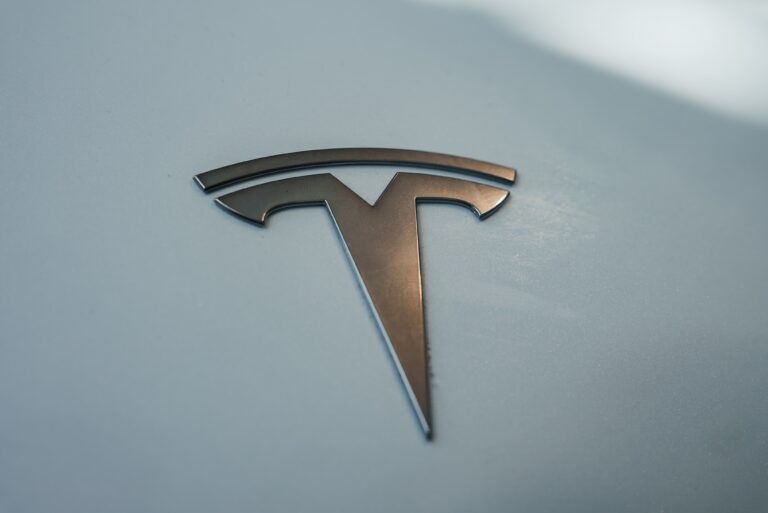Tesla reported its highest quarterly revenue yet, but profits fell steeply. Rising costs, tariffs, and heavy investment in research weighed on earnings despite strong sales.
Revenue surges while profits drop
For the three months ending in September, Tesla earned $28 billion (£21 billion), a 12% increase from last year. Profits, however, dropped 37%, driven by higher tariffs and growing research and development expenses.
Investors reacted cautiously. Tesla shares fell 3.8% in after-hours trading after the announcement. Despite this, the company still holds a market value near $1.4 trillion, fueled by confidence in Elon Musk’s vision for artificial intelligence and robotics.
Last-minute tax credit rush boosts sales
Tesla reversed a decline in quarterly sales as American buyers rushed to claim federal tax credits of up to $7,500 before they expired in September. The surge improved sales, but competitors like Ford and Hyundai posted even stronger growth during the same period.
Tesla also launched a six-seat version of its popular Model Y, which saw particular success in China. The company offered incentives, including five-year interest-free loans and insurance subsidies, to attract more buyers.
Tariffs and R&D expenses weigh on earnings
Tariffs on imported parts and raw materials remain a challenge. Finance chief Vaibhav Taneja said these costs exceeded $400 million last quarter.
At the same time, Tesla increased spending on research and development, particularly in artificial intelligence. Taneja noted that such spending will continue to rise as the company expands its technological ambitions.
Lower-cost models fail to impress investors
In October, Tesla introduced cheaper versions of its Model Y and Model 3 in the US, cutting prices by around $5,000 per vehicle. The aim was to boost sales after federal incentives expired.
Yet investors remained underwhelmed. Tesla’s shares fell further as markets reacted cautiously. Analysts argue that the company’s slow rollout of affordable vehicles has allowed rivals to gain a competitive edge in the growing electric car market.


